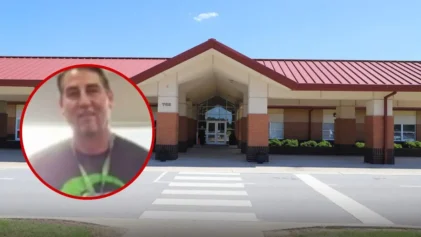As the new school year approaches, one institution is expected to make history (again) by enrolling more students than any other historically Black college or university. While the student body has swelled past any other year in its 100-plus-year history, the university is not just accepting all applications. The average freshman entering the fall 2022 semester boasts a GPA of almost 4.0.
North Carolina Agricultural and Technical State University is beaming with Aggie Pride, announcing for the 2022-2023 academic year the school expects to educate 13,500 students, making them the “the nation’s largest historically Black university (HBCU) for the ninth year in a row – indeed, the largest that any HBCU has ever become.”
Chancellor Harold L. Martin Sr., who also makes history as the school’s longest-serving chancellor in the UNC system and at any other HBCU, proudly stated, “Our measured, strategic growth at virtually every level is in perfect alignment with the A&T strategic plan, which calls for an enrollment of 14,000 by Fall 2023.”
“And we are building, developing, and maturing to ensure that we provide the same great Aggie Experience for all our students, faculty, alumni, and other constituents,” he reveals about their recruitment effort.
According to U.S. News and World Report, North Carolina A&T is ranked at 8 out of all HBCUs and among the top 50 schools of all higher educations reviewed by the publication considered “Most Innovative” and to produce “Top Performers on Social Mobility.”
With an expected freshman class of 3,000 new faces, comprised mostly of students of African descent, it also can brag that it has enrolled more “Black first-year students each year” than “the top 10 national universities [on the outlet’s listing] combined and with a nationally competitive academic profile. The university’s average first-year student arrives with a 3.7 high school GPA and SAT scores well over 1,000,” the school states.
Forbes noted the school was the No. 1 public HBCU in 2021.
Other No. 1 rankings the school has under its belt include being the top “producer of African American undergraduates in both Engineering and Agriculture and in master’s degrees in Mathematics/Statistics and Engineering (U.S. Dept. of Education),” top “producer of degrees awarded to African Americans in North Carolina,” top “graduate business school at a public HBCU (U.S. News & World Report, Best Graduate),” top “producer of Black engineers who go on to earn doctoral degrees,” top “nursing school among all HBCUs, 2022 (TopRNtoBSN.com)” and the top HBCU to register voters in 2020 (ALL IN Campus Democracy Challenge, 2021).
These stats add to why students are rushing to attend the school that Rev. Jesse Jackson and Terrence J call their alma mater.
While many predominately Black institutions, both private and public, are struggling to keep their doors open, the trustees and administrators at the school have been working overtime to raise money to fund top-notch programs that will equip their students for the future.
A press release from the school revealed in 2021, the university, founded in 1891, invested $40 million “in areas intended to promote the success of all students, investments that continue this year.”
This effort hopes to reduce costs for the average incoming first-year student can expect by $5,000, by sponsoring free textbooks, six hours of free summer school tuition, housing and dining scholarships, access to emergency grants, and a new iPad.”
“Whether studying at the undergraduate or graduate level, A&T students have numerous opportunities to engage in ground-breaking research with faculty members who are driving innovation in their areas, the release reports.
A&T further reported a “record $97.3 million in research contracts and grants for the just-completed fiscal year, a $19-million jump over the prior year. The lion’s share of those projects is sponsored by federal and state agencies and often support student participation and training.”


